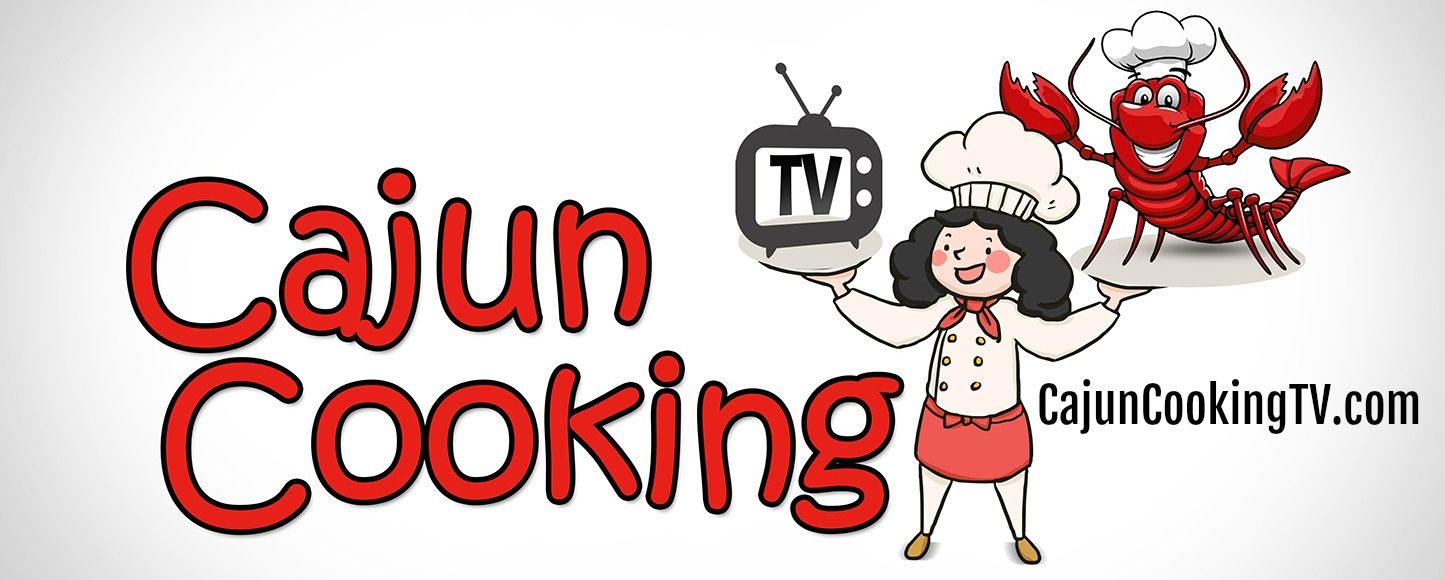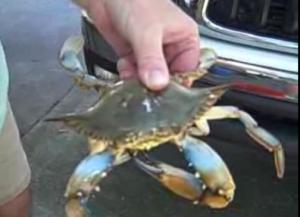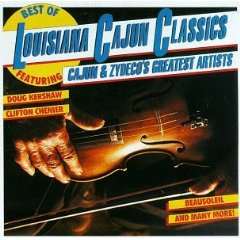Cajun Cooking TV
Hello Cajun Cooking TV Fans,
We’ve heard your wonderful and kind comments regarding our Cajun Cooking TV website, How-to videos and Cajun recipes. We cook not only Cajun recipes and Creole recipes passed down through generations of Louisiana families, but simple homemade dishes that are easy to prepare.
Mike and I enjoy sharing our home and fun times we have on Saturday nights. How-to cooking videos are simply made by recording what we are cooking for supper – no scripts and no rehearsal.
Some people ask me how we got started doing these Cajun cooking videos. Mike asked me one day what I liked to do and would be a good website. Viola! Cajun Cooking TV was born. We have had an unbelievable response.
Just last month, over 18,000 visitors viewed our Cajun Cooking TV website and nearly a million people have viewed our How-To videos. And we appreciate you.
 Helping us cook these Cajun recipes and fine Cajun food, you’ll notice three little girls in our videos. Ashley is our god-daughter, the dancing ham. Amanda is her sister; sometimes actually referred to as “Sister”. We have enjoyed caring for these girls most of their lives on weekends. We call them our “weekend kids”.
Helping us cook these Cajun recipes and fine Cajun food, you’ll notice three little girls in our videos. Ashley is our god-daughter, the dancing ham. Amanda is her sister; sometimes actually referred to as “Sister”. We have enjoyed caring for these girls most of their lives on weekends. We call them our “weekend kids”.
Addison is our granddaughter who we have had just about every weekend since she was born. She is getting so big right before our eyes.
We also have three grown daughters who sometimes show up for dinner. Oh and we can’t forget Jose who shows up in the videos circling our feet when dancing ensues in the kitchen thanks to the Swamp Pop music on the radio.
After hearing how much our fans want more videos, we are re-launching and redesigning our website and starting a whole new series of Cajun cooking How-To videos for our down home Cajun recipes.
Coming up is Crock Pot Beef Stew, Tailgate worthy Cajun Shrimp Boil, Boston Butt Pork Roast in the oven, various dishes we’ve had at restaurants and many more.
Feel free to contact us and make a request. If we’ve never made it, we will give it a try.
Again, thank you for watching our Cajun Cooking TV videos and supporting our message that cooking can be fun, a shared experience with family, and a good reason to dance in the kitchen. Give it a try and see ya on Saturday nights!
Joie de vie.
Sincerely,
Mike & Beryl Stokes
Cajun Cooking TV
Baton Rouge, Louisiana
PS – Unfortunately, we’re no longer going to be able to include music on our videos, because music is now a no-no on YouTube (they are citing copyright issues). We just wanted to let you know that we are still singing and dancing while we cook up your favorite Cajun recipes!




 For More Information, Please Click on the Photo Above
To Order the Cookbook, Click on the Button Below.
For More Information, Please Click on the Photo Above
To Order the Cookbook, Click on the Button Below.
What Our Readers Are Saying…